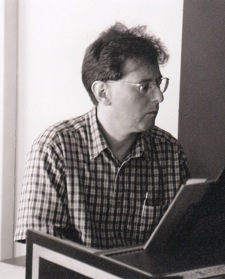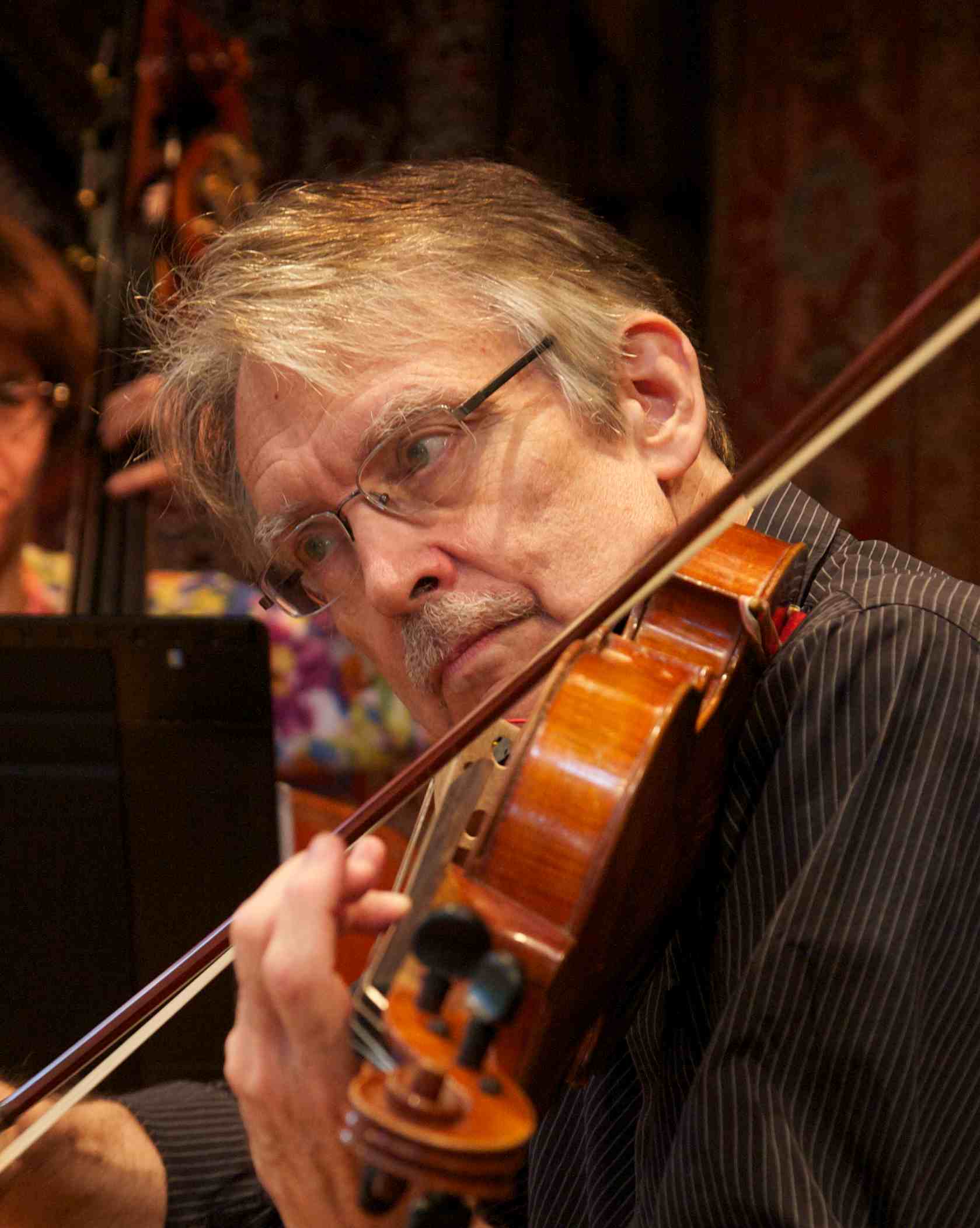Finale: The Old & Unfamiliar
Saturday, August 31, 8:00 p.m.
Sunday, September 1, 4:00 p.m.
It’s not a contradiction. In a program titled “The Old and Unfamiliar” the Token Creek Festival will offer world premieres, both of a new work and of completions of old works never heard before.
What composer is more beloved and performed than Mozart? Yet he was in the habit of leaving pieces unfinished, to be taken up later. He was above all practical and pragmatic – if he was working on a violin sonata when a commission for a wind piece came in, he’d suspend work on the sonata, planning to return to it later. There is now conclusive evidence that some of his pieces lay unfinished for ten years. His early death prevented the completion of many of them. Can they be recovered, “new” Mozart works that add to our sense of his prolific variety? We think so.
Three Mozart completions anchor the last concerts of the Festival:
• The violin sonata in C, K.403 (1784-85), in which Mozart composed the first two movements and the first twenty measures of the last; the final movement was completed by John Harbison in 1968;
• The Allegro in A major (K. Anh. 48), the opening 35 measures of this violin sonata first movement written by Mozart, the remainder completed in 2012 by Harvard scholar and classical period keyboard expert and improviser Robert Levin; and
• The Allegro in G Major (K. Anh. 47), another sonata first movement begun by Mozart (the first 31 measures), also completed by Levin last year.
 “Revisiting these pieces I think is interesting,” says Levin. “The idea of course is not to suggest to people that you’re going to write something which is as audacious, as inspired, as pleasurable to listen to as what Mozart would surely have done had he lived to complete these pieces but it gives you an idea. It’s like an artist’s conception of an idea before the building is actually constructed.”
“Revisiting these pieces I think is interesting,” says Levin. “The idea of course is not to suggest to people that you’re going to write something which is as audacious, as inspired, as pleasurable to listen to as what Mozart would surely have done had he lived to complete these pieces but it gives you an idea. It’s like an artist’s conception of an idea before the building is actually constructed.”
“And of course there is this combustible attitude of improvisation in which one realizes that no text that Mozart wrote was really sacrosanct. He did not write pieces down so that people would play exactly what he wrote and nothing else. This was not the way music was done in the 18th century, and in the early 19th century it wasn’t done that way either. That is, just the way every performance invited improvisation so, in a sense, the score was a blueprint.”
 In addition to the completion premieres, the program also includes the premiere of John Harbison’s Violin Sonata No. 2 (2013), some rare old things — Purcell sonatas for two violins – and Mozart’s infrequently heard and bizarrely scored Horn Quintet (for two violas, one violin, and cello.
In addition to the completion premieres, the program also includes the premiere of John Harbison’s Violin Sonata No. 2 (2013), some rare old things — Purcell sonatas for two violins – and Mozart’s infrequently heard and bizarrely scored Horn Quintet (for two violas, one violin, and cello.
“The Old and Unfamiliar” program will be presented twice: Saturday August 31 at 8:00pm, and Sunday September 1st at 4:00pm.
Program
Sonata for Piano and Violinin C major, K. 403 (385c) (1784-1785/1968) W.A. Mozart / John Harbison Sonata No. 8 in G minor
for Two Violins and Continuo (op. posth. 1697) Henry Purcell (1659? - 1695) Allegro in A major, K. Anh. 48 (480a/385E) (1784/2012) W.A. Mozart / Robert D. Levin first movement of a Sonata for Piano and Violin in A major begun ca. 1784 by Mozart, completed by Levin 2012 Sonata No. 6 in G minor, On a Ground,
for Two Violins and Continuo (op. posth. 1697) Henry Purcell Allegro in G major, Anh. 47 (546a)(Fr 1789f) (1789 /2012) Mozart / Levin first movement of a Sonata for Piano and Violin in G major begun ca. 1789 by W.A. Mozart, completed by Levin Sonata No. 2 for Violin and Piano (2013) [premiere] John Harbison Quintet in Eb for Horn, Violin, Two Violas,and Cello,
K. 407 (386c) (1782) Mozart Whitacre Hill, horn
Rose Mary Harbison, violin
Heidi Braun Hill and John Harbison, viola
Karl Lavine, cello
John Harbison, piano